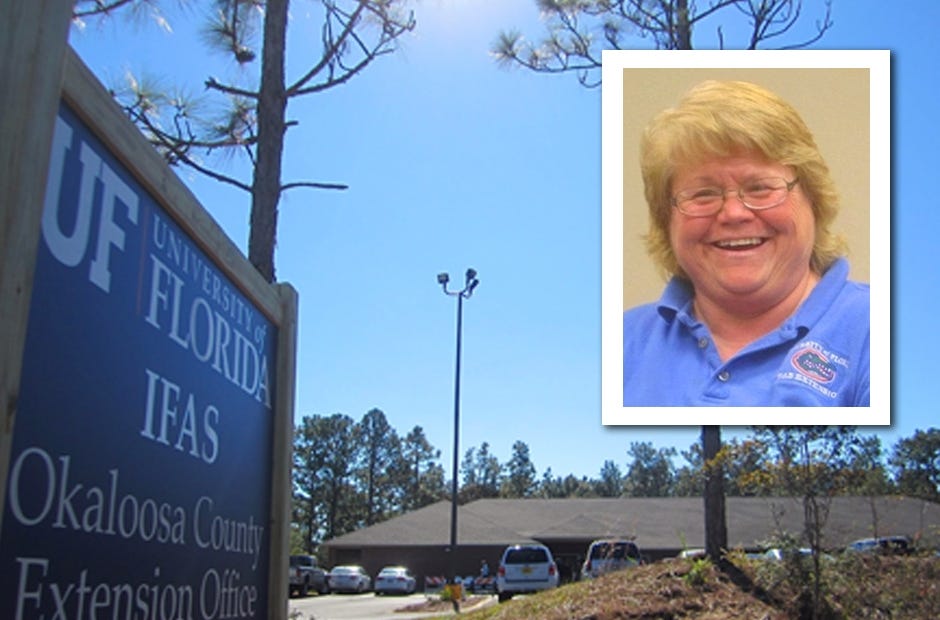
Each fall, nature puts on a brilliant show of color throughout the United States.
As the temperatures drop, autumn encourages the “leaf peepers” to hit the road in search of the red-, yellow- and orange-colored leaves of the northern deciduous trees.
Here in the Florida Panhandle, fall color means wildflowers. As one drives the roads it’s nearly impossible to not see the bright yellows in the ditches and along the wood’s edge.
Golden asters (Chrysopsis spp.), tickseeds (Coreopsis spp.), silkgrasses (Pityopsis spp.), sunflowers (Helianthus spp.) and goldenrods (Solidago spp.) are displaying their petals of gold at every turn. These wildflowers are all members of the Aster family, one of the largest plant families in the world.
For most, envisioning an aster means a flower that looks like a daisy. While many are daisy-like in structure, others lack the petals and appear more like cascading sprays. So if you are one of the many hitting the road in search of fall color, head to open areas. For wildflowers, that means rural locations with limited homes and businesses.
Forested areas and non-grazed pastures typically have showy displays, especially when a spring burn was performed earlier in the year. With the drought we experienced, moist, low-lying areas are naturally the best areas to view the many golden wildflowers.
Visit www.flawildflowers.org/bloom.php, the Florida Wildflower Foundation website, to see both what’s in bloom and the locations of the state’s prime viewing areas.
People who want to add native wildflowers and other Florida-friendly plants to their landscapes may go to the Master Gardeners fall plant sale. It is 8 a.m. to noon Oct. 14 at the Okaloosa County Extension Annex, 127 SW Hollywood Blvd., Fort Walton Beach.
Sheila Dunning is an agent at the University of Florida's Institute of Food and Agricultural Sciences Extension office in Crestview.

This article originally appeared on Crestview News Bulletin: Enjoying a golden fall in the Panhandle
